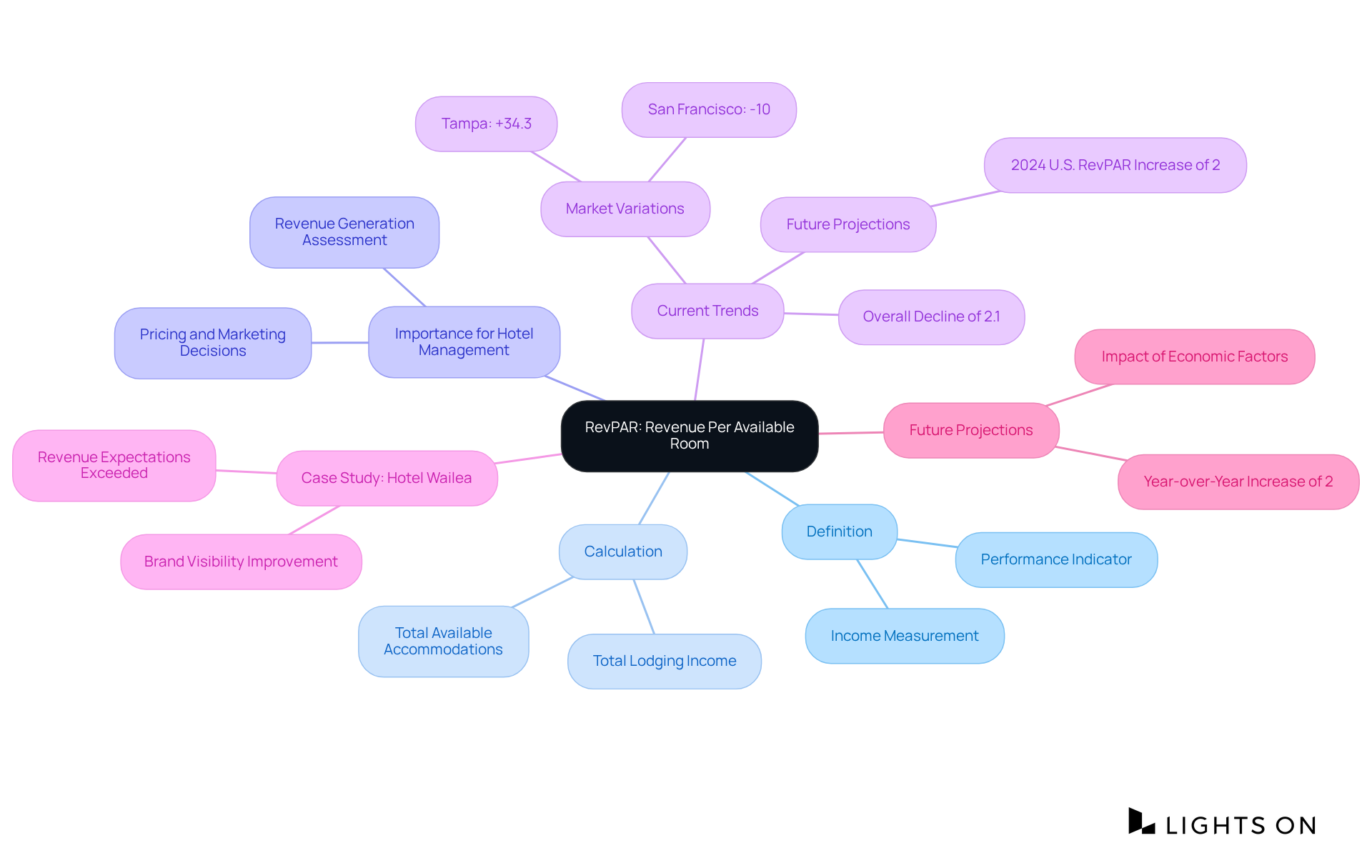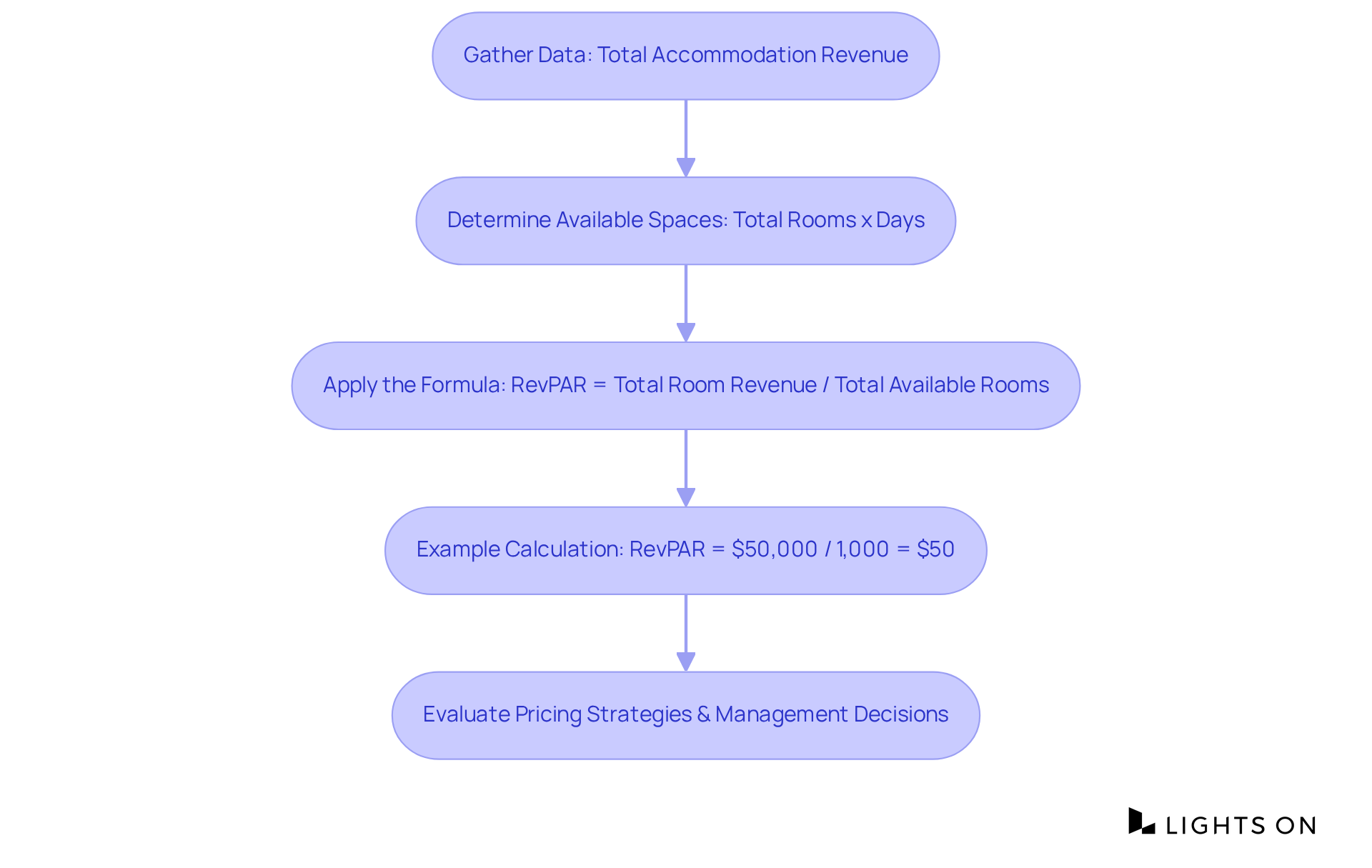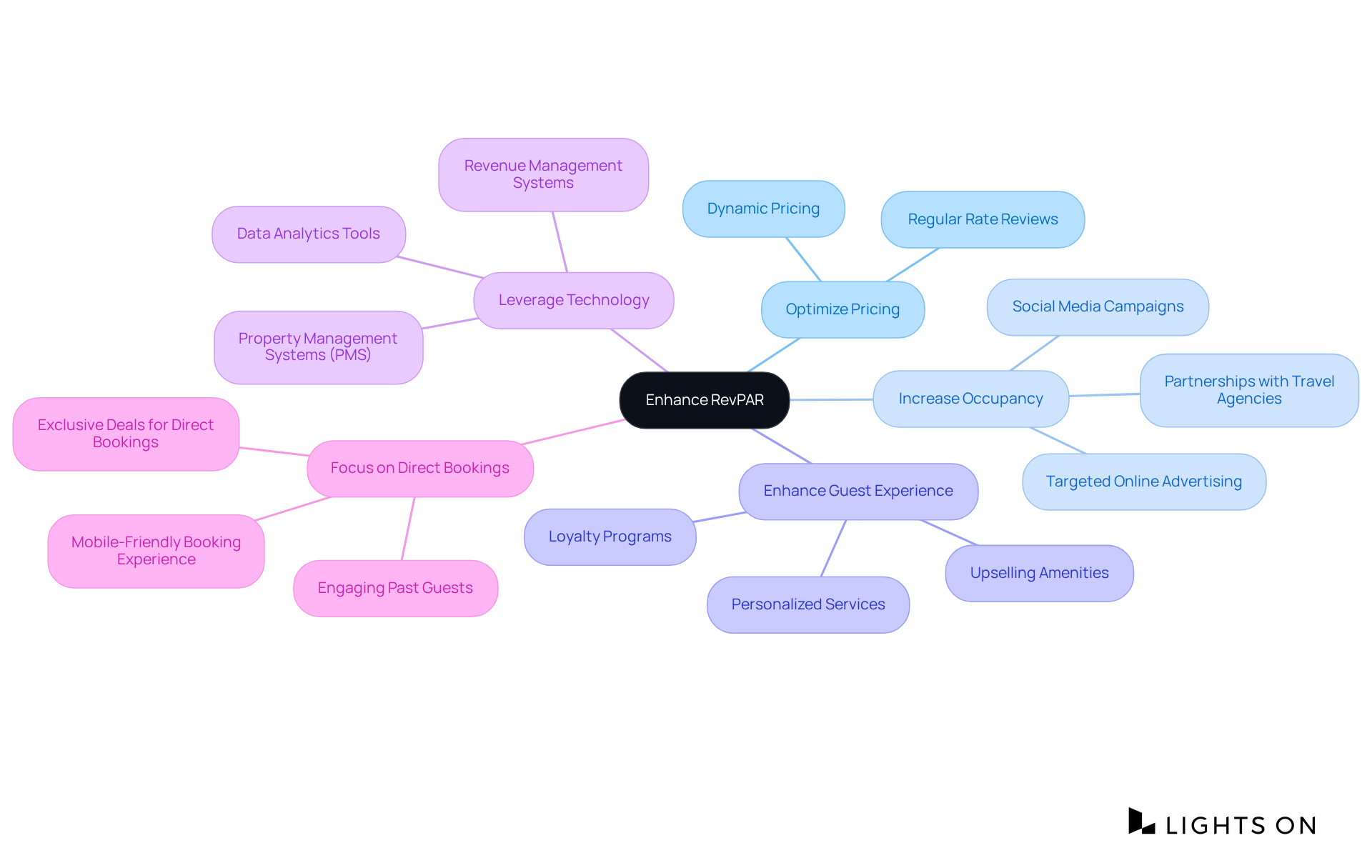This article serves as a comprehensive guide on identifying and enhancing RevPAR (Revenue Per Available Room), outlining the calculation process alongside effective strategies for improvement. Understanding and managing RevPAR is essential for hotel operators aiming to optimize pricing, elevate occupancy rates, and ultimately enhance financial performance. Supported by case studies of successful revenue management practices, this guide provides actionable insights that can lead to substantial improvements in operational outcomes.
Navigating the complexities of revenue generation is essential for hotel owners and managers, particularly in a fluctuating market. Revenue Per Available Room (RevPAR) is a crucial metric that reflects a property's financial health and operational efficiency. This guide not only clarifies the calculation of RevPAR but also reveals effective strategies for enhancement. This raises an important question: How can hotel operators leverage this knowledge to not only meet but surpass their revenue goals in an increasingly competitive landscape?
RevPAR, or Revenue Per Available Accommodation, stands as a critical performance indicator within the hospitality sector, measuring the income generated per available accommodation over a specified timeframe. This metric is calculated by dividing by the total number of available accommodations.
For hotel owners and managers, knowing how to find RevPAR is essential, as it reveals how effectively a property is generating revenue from its room inventory, independent of occupancy levels. In 2025, the hospitality industry has experienced notable fluctuations in revenue per available room, with specific markets seeing increases exceeding 34%, while others faced declines of up to 10%. Overall, the first-quarter revenue per available room dipped by 2.1% compared to the previous year, reflecting a diverse performance landscape.
By understanding how to find RevPAR, hotel operators can assess their performance against competitors and make informed pricing and marketing decisions. For instance, the effective implementation of income management strategies has led to remarkable financial growth for establishments like Hotel Wailea, where tailored marketing and pricing techniques resulted in exceeding expectations post-renovation.
As Markus Schale, General Manager of Hotel Wailea, noted, the ability to surpass revenue projections and enhance brand visibility following renovations underscores the importance of effective revenue management strategies. Experts stress that knowing how to find RevPAR is crucial for hotel owners, as it not only aids in optimizing pricing strategies but also boosts overall financial performance.
Furthermore, projections indicate a year-over-year increase of 2% in 2024 U.S. revenue per available room, providing additional context for future expectations in the hospitality industry.

To calculate RevPAR effectively, follow these essential steps:
Looking ahead to 2025, the average daily rate (ADR) is anticipated to rise by 1.6%, resulting in a forecasted revenue per available room growth of 1.8% year-over-year. For example, if a hotel with 125 available rooms generated $10,000 in room revenue, the RevPAR would be calculated as follows:
RevPAR = $10,000 / (125 rooms * 30 days) = $80.
This calculation reflects the hotel's income efficiency and aids in evaluating pricing strategies and occupancy rates. Furthermore, it is crucial to recognize that this metric should not be used in isolation, as it only considers room income and omits other sources of earnings. By contrasting your income per available room with industry standards, you can more effectively assess its quality and make informed decisions to enhance your management strategies. Additionally, adapting to demand and offering promotions during slower periods can significantly boost occupancy, ultimately improving your revenue per available room. By diligently monitoring how to find revpar, hotel owners can make strategic choices to refine their revenue management strategies.

To enhance your RevPAR, consider implementing the following strategies:

When calculating RevPAR, it is crucial to avoid these common pitfalls:

Understanding and effectively calculating Revenue Per Available Room (RevPAR) is essential for hotel operators aiming to optimize their financial performance. This metric not only provides insights into how well a property generates income from its accommodations but also serves as a benchmark for strategic decision-making in pricing and marketing.
Throughout this guide, we outlined key steps for calculating RevPAR, including:
Furthermore, we discussed various strategies to enhance RevPAR, such as:
Common pitfalls in RevPAR calculation were highlighted, emphasizing the importance of a comprehensive approach that considers all income sources and market dynamics.
In the competitive landscape of the hospitality industry, a keen focus on RevPAR can lead to significant improvements in revenue management strategies. By implementing best practices and avoiding common mistakes, hotel owners can not only boost their financial performance but also enhance guest experiences. Ultimately, this leads to sustained growth and success. Taking proactive measures to understand and improve RevPAR is not just a financial necessity; it is a vital component of thriving in today’s hospitality market.
What does RevPAR stand for and what does it measure?
RevPAR stands for Revenue Per Available Room, and it measures the income generated per available accommodation over a specified timeframe in the hospitality sector.
How is RevPAR calculated?
RevPAR is calculated by dividing total lodging income by the total number of available accommodations.
Why is RevPAR important for hotel owners and managers?
RevPAR is important because it reveals how effectively a property is generating revenue from its room inventory, independent of occupancy levels, allowing for better performance assessment against competitors.
What trends were observed in RevPAR for the hospitality industry in 2025?
In 2025, the hospitality industry saw fluctuations in RevPAR, with some markets experiencing increases exceeding 34%, while others faced declines of up to 10%. Overall, the first-quarter RevPAR dipped by 2.1% compared to the previous year.
How can understanding RevPAR assist hotel operators?
Understanding RevPAR helps hotel operators assess their performance, make informed pricing and marketing decisions, and implement effective income management strategies.
Can you provide an example of a hotel that successfully improved its RevPAR?
Hotel Wailea is an example where tailored marketing and pricing techniques post-renovation led to exceeding revenue expectations, highlighting the effectiveness of revenue management strategies.
What are the future projections for RevPAR in the U.S. hospitality industry?
Projections indicate a year-over-year increase of 2% in U.S. revenue per available room for 2024, providing context for future expectations in the hospitality industry.
Transform your group booking strategies with Lights On and watch your occupancy soar.